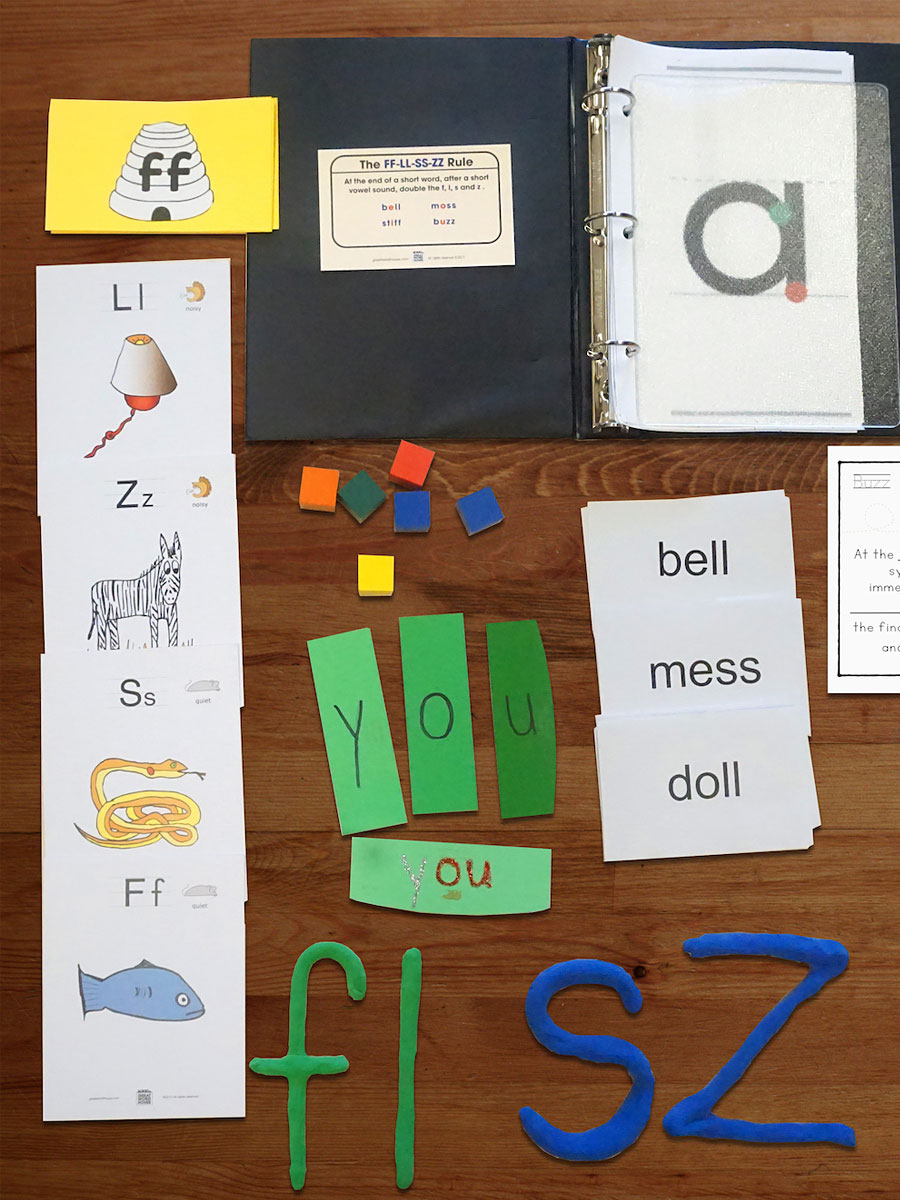OG and Dyslexia. What is the connection?
Dyslexia is a specific learning disability. It is an inherited condition that is neurological in origin, which hinders the acquisition of reading and writing skills.
Dyslexia is a language-based disorder that does not arise from a physical limitation or developmental disability. Students with dyslexia may be identified as having a Specific Reading Disorder, Specific Writing Disorder, Specific Mathematics Disorder or Language Learning Disability; however, not all dyslexics may meet the criteria for special education resources. Dyslexia may present with varying degrees of severity. See definitions below.
Due to the above deficits, students with dyslexia benefit from a Structured Literacy/Orton-Gillingham program that incorporates phonics, phonetics, syllabication, morphology and grammar. Students improve their fluency and rapid word recognition, which frees up cognitive capacity to interpret and create text, thus improving reading comprehension and written expression.

Definitions of Dyslexia
There are many definitions of dyslexia. These two definitions encompass the traditional positions used by schools and professionals in the field of education.
International Dyslexia Association
Dyslexia is a specific learning disability that is neurobiological in origin. It is characterized by difficulties with accurate and/or fluent word recognition and by poor spelling and decoding abilities. These difficulties typically result from a deficit in the phonological component of language that is often unexpected in relation to other cognitive abilities and the provision of effective classroom instruction. Secondary consequences may include problems in reading comprehension and reduced reading experience that can impede the growth of vocabulary and background knowledge.
Adopted by the International Dyslexia Association, U.S.A., Board of Directors, Nov. 12, 2002.
Sir Jim Rose Report, U.K. 2009
- Dyslexia is a learning difficulty that primarily affects the skills involved in accurate and fluent word reading and spelling.
- Characteristic features of dyslexia are difficulties in phonological awareness, verbal memory and verbal processing speed.
- Dyslexia occurs across the range of intellectual abilities.
- It is best thought of as a continuum, not a distinct category, and there are no clear cut-off points.
- Co-occurring difficulties may be seen in aspects of language, motor co-ordination, mental calculation, concentration and personal organization, but these are not, by themselves, markers of dyslexia.
- A good indication of the severity and persistence of dyslexic difficulties can be gained by examining how the individual responds or has responded to well founded intervention.
From Identifying and Teaching Children and Young People with Dyslexia and Literacy Difficulties, Sir Jim Rose Report, 2009, Part 2, Chapter 1, p.29.
